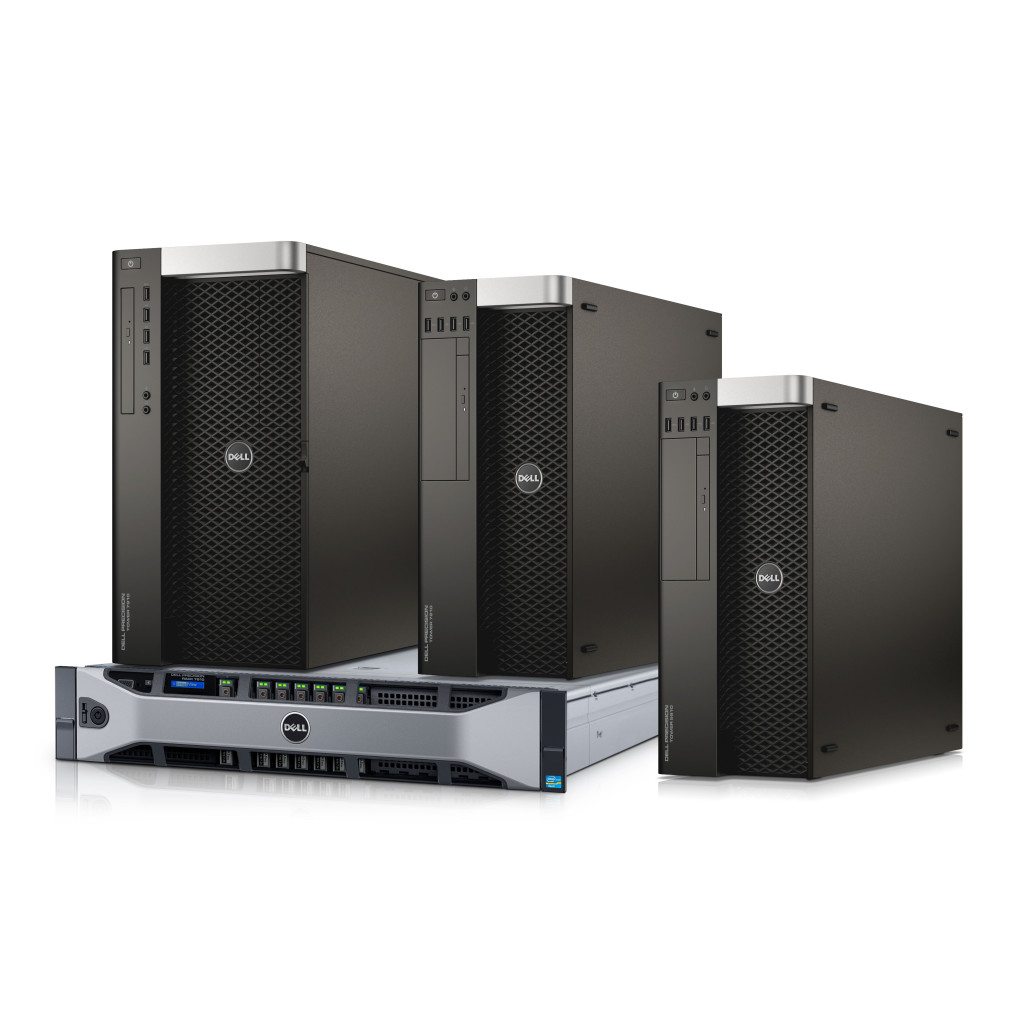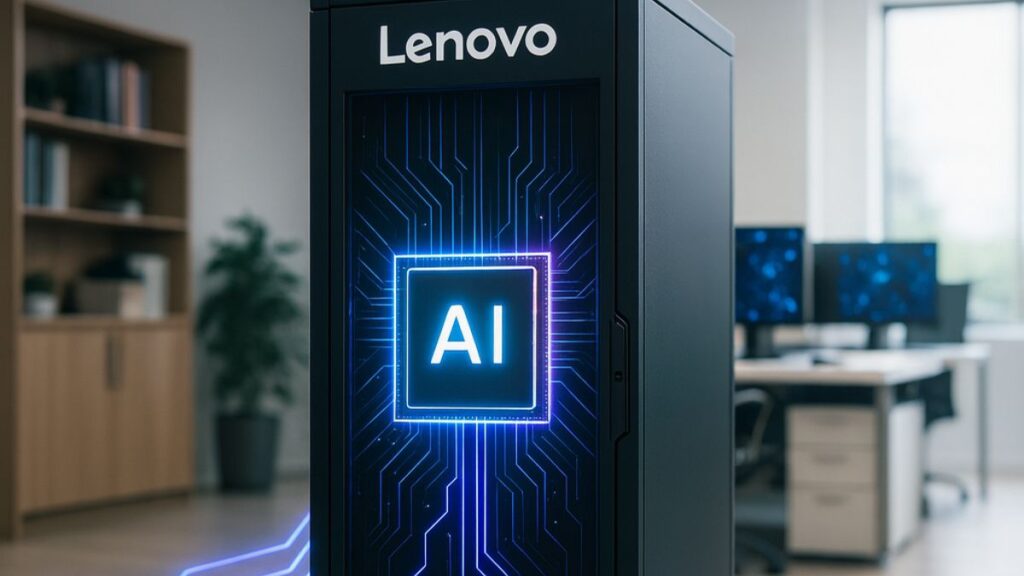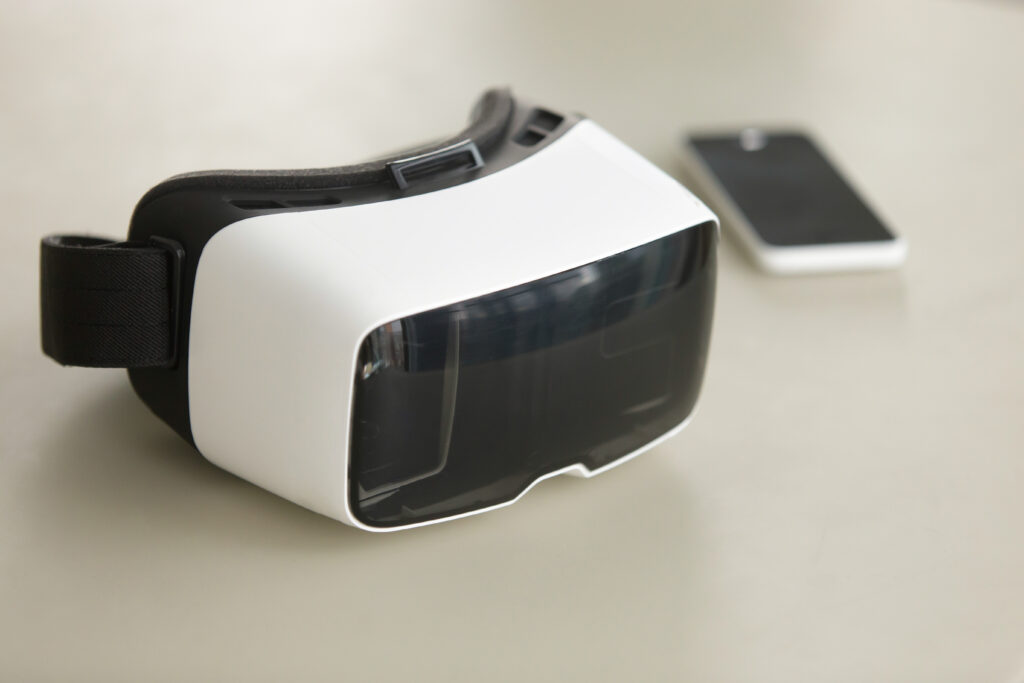This week Dell launched its Precision Tower and Rack Workstations targeting VR development for gaming, of course, and VR efforts in engineering, science, and energy. This is actually pretty important and showcases an early maturing in this still very new market (given the leading VR headset Oculus Rift just started shipping).
Let’s talk about what a virtual reality workstation needs to have.
What Makes A VR Workstation
Like any new technology-driven market, there are a set of minimums—requirements—that have to be met in order to provide enough performance so that the result is adequate for developers. These standards have to include the full system because, with VR, you are moving and working with a lot of data and have a very high requirement to not only generate the image but to move the related huge files quickly. In addition, because developers are working on a wide variety of projects, technology flexibility is imperative as not all efforts will be optimized on every component maker’s hardware. This not only includes vendor choice but product choices within the vendor. For instance, while professional efforts might prefer professional graphics cards, game and entertainment developers often specify consumer graphics cards so they can test what they build on configurations closer to what customers are using.
Now you’d think, given this last point, that a lot of developers would actually use gaming PCs instead of workstations. They are often cheaper and they are far closer to what customers would actually use. While that is occasionally the case it is far more common to use workstations because they have higher reliability, and have advantages when compiling code over gaming machines, reducing the time it takes to create games enough to justify the higher cost.
Why Dell? Why Now?
This is a very young market but Dell, thanks largely to its being private, is free to more aggressively go after emerging markets like VR. Dell can thus invest early and ride a wave even before the market goes mainstream. In addition, Dell’s successful acquisition of Alienware puts it front and center to benefit from VR sales to gamers, where much of the volume is expected to eventually reside. So, helping get this market off the ground quickly will benefit Dell’s own gaming business greatly. Finally, Dell has been playing around with VR and VR like implementations for some time. With successful implementations in military simulation, 3D immersive caves, vis-walls, and other highly visual and 3D or VR-like deployments, Dell has what appears to be a unique set of deep experiences to bring to this market.
VR Workstation
In terms of hardware these new products include the Dell Precision Tower 5810, 7810, and 7910 which, for this market, have been upgraded with Intel’s new Broadwell EP Processors representing the cutting edge of processor performance. In additional they are equipped with Dell’s Ultra-Speed PCIe drives which are reported to have up to 4x the speed of a typical SATA SSD. This is to move those huge files around quickly during content development. They will hold up to 1TB of DDR4 2400MHz system memory so that the system can load huge files and keep them in memory and the configurations have liquid cooling to lower sound and increase performance. For graphics they include a broad cross section of AMD and NVIDIA professional and consumer graphics cards so that the systems can be configured to address the broadest range of VR opportunities.
Wrapping Up: VR Is Here
Having workstations specifically configured for a market as young as VR will be critical to assuring there is adequate content when the market is truly ready to mainstream. Typically, a market like this would take 3 years after the emergence of core user hardware to mature largely because hardware like what Dell announced wouldn’t show up until there was enough volume to justify it, or after the first year. By having it emerge early, the VR market should mature much more quickly—suggesting we could have a range of mature titles by mid-2017 for consumers and a wider range of professional titles far more quickly as well. VR may not be fully here yet today but Dell’s entry suggests it is coming far faster than we think and that 2017 may be a far bigger year for VR than it otherwise would be.
- The Silicon Manhattan Project: China’s Atomic Gamble for AI Supremacy - December 28, 2025
- A Legacy of Defense: Why HP Stands Alone - December 19, 2025
- Plumbing the AI Revolution: Lenovo’s Strategic Pivot to Modernize the Enterprise Backbone - December 17, 2025




Hey, Robert Scoble–Thoughts? Do you agree with Enderle’s assessment?